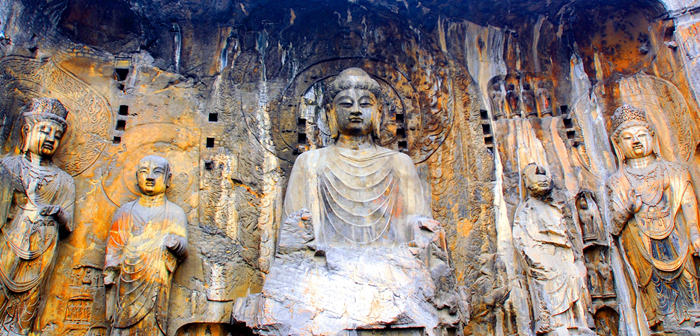The Great Wall, an ancient Chinese military defense project, was a tall, sturdy, continuous Wall designed to limit The movement of The enemy. The Great Wall is not a simple…
Panda’s Favorite Food
The giant panda's diet is one of its most peculiar and interesting habits, because it almost completely rely on bamboo to live, in the wild to pick more than 50…
Suzhou Grand Canal
Suzhou Grand Canal Suzhou, an ancient city, has become a paradise for thousands of merchants because of the canal. Up to now, nearly half of Suzhou's goods are still borne…
Provinces of China

Provinces refer to the administrative plans of the People's Republic of China, which has 34 provincial-level administrative regions, including 23 provinces, 5 autonomous regions, 4 municipalities directly under the central…
Jiuzhaigou Valley – the Most Beautiful Fairyland in China
Jiuzhaigou valley is a picturesque wonderland with charming natural scenery, colorful lakes, spectacular waterfalls, and mountains. Located in the mountains of southwest China, jiuzhaigou is not as bustling as Beijing…
The Top Ten Tourist Attractions in Henan Province

Henan is the root of the world's Chinese ancestors, the source of Chinese history and civilization, and the birthplace of Chinese surnames. More than 20 orthodox dynasties successively established or…
China 56 ethnic groups
The Chinese nation is officially defined by the government of the People's Republic of China as the general designation of the 56 recognized ethnic groups within the territory of the…
Top 10 most beautiful water towns in China
Zhouzhuang It is a place that gathers the beauty of Chinese water villages.. "Small bridge, water, people" the simple customs make people enchanted, people linger. Walking in the quiet streets,…
Wudang Mountain, the holy land of Taoism
Wudang Mountain is located in Danjiangkou City, Hubei Province. There are many scenic spots in Wudang Mountain. These scenic spots not only have beautiful natural landscape, but also many cultural…
Why Don’t The Chinese Excavate The Mausoleum of the First Qin Emperor
Chinese archaeologists discovered the Mausoleum of the First Qin Emperor in the spring of 1974, and the place where Qin Shihuang was buried also had been found. But almost 40…